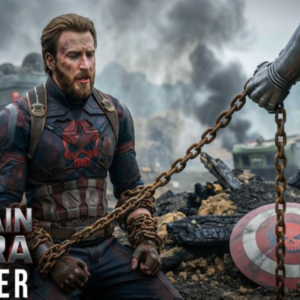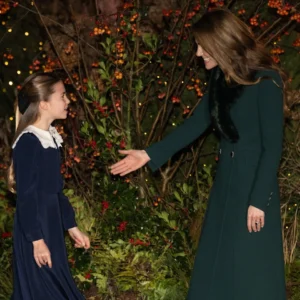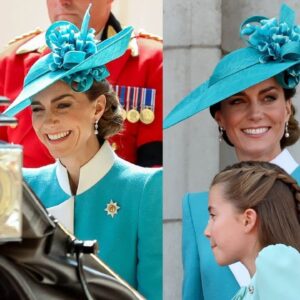Spider-Man has appeared in several movies spanning two decades, which has given rise to a number of theories that completely change their narratives.
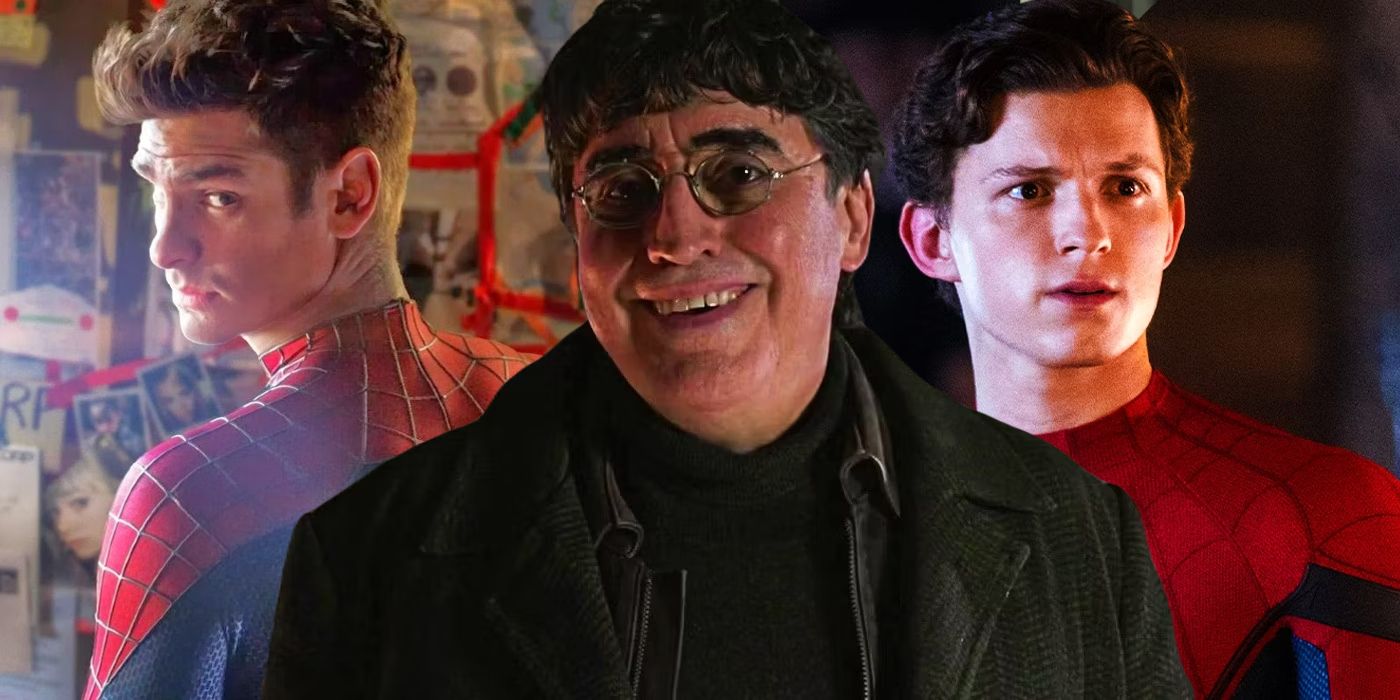
For over 2 decades, theories surrounding Spider-Man‘s prolific cinematic career have been rampant – and many can completely change his 3 franchises from Sony and the MCU. Spider-Man is one of Marvel’s most prolific superheroes, being recently portrayed by three actors across 8 solo live-action Spider-Man movies. Spider-Man movies are typically wildly successful, with Spider-Man: No Way Home being the third-highest-grossing movie in the current MCU timeline. With so many eyes glued to his big screen exploits, it is no surprise that some convincing theories have emerged that shed new light on his appearances.
This collection of fan theories has worked wonders for Spider-Man’s overall timeline, as they help fill in plot holes or enhance the stories being told. Although they have not received official confirmation from Marvel or the filmmakers behind the movies they reference, re-watching Spider-Man’s cinematic career with this possible context in mind changes the experience for the better. While the internet is replete with theories surrounding Spider-Man movies, these are the 10 that change them the most.
10. Spider-Man’s Tailoring Skills Are Part Of His Spider-Powers
Spider-Man Is An Expert Weaver
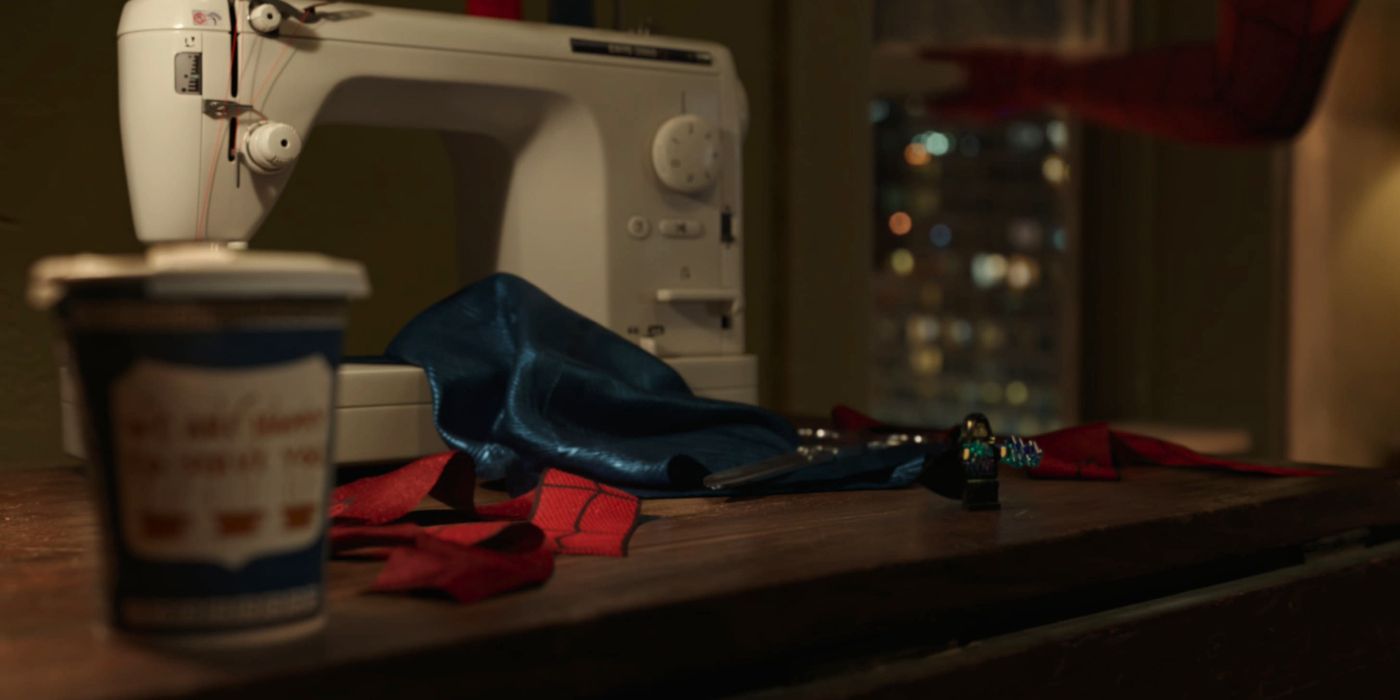
One bone of contention when it comes to Spider-Man’s on-screen appearances is how a teenager from Queens is able to create such striking and functional suits equivalent in quality to the kind created by professional Hollywood costume designers. While Spider-Man’s first two franchises showed his transition from sporting a cobbled-together proto-suit to his classic skin-tight one-piece, the jump in quality as Spider-Man starts navigating his new powers is telling. This theory suggests that it is precisely his spider-powers that grant him the ability to weave impeccably designed garments.
The Ancient Greek myth of Arachne, where the word arachnid is drawn from, sees the goddess Athena turn Arachne into a spider as punishment for being better at weaving, which suggests that Ancient Greeks saw the practice as a defining feature of spiders.
The creativity and expertise needed to sew his iconic suit together are difficult to attribute to his genius-level intellect, whereas channeling a spider’s innate ability to weave silk is a more compelling theory. While Spider-Man’s MCU appearances gave a more overt explanation to the quality of his suits (they were bequeathed by the famously snappy Tony Stark), MCU Peter’s proto-suit in the MCU is still arguably the most well-made of all three Spider-Man franchises. While super-tailoring isn’t the most exciting power in Spidey’s toolbox, it has been useful for his anonymity.
9. Bruce Campbell’s Cameos Are All Part Of Mysterio’s Plan
Campbell Was Slated To Portray The Iconic Villain In Spider-Man 4
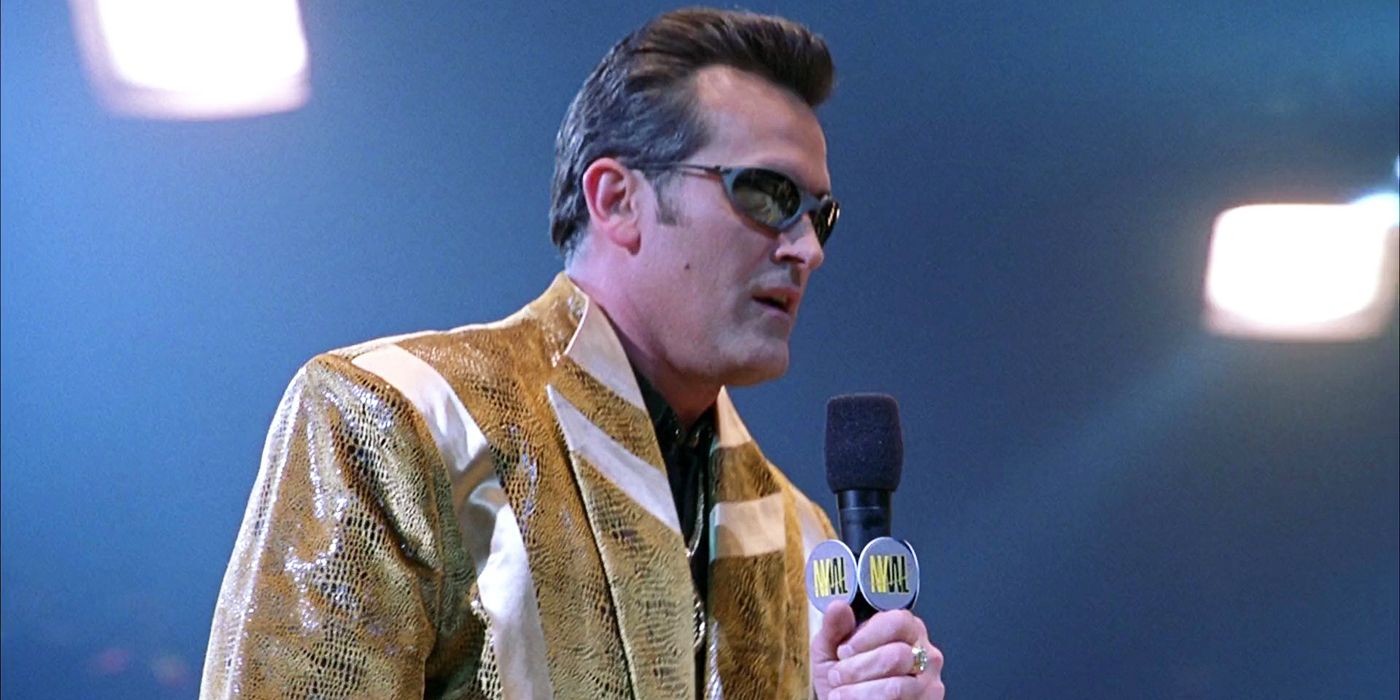
Since starring in Sam Raimi’s Evil Dead franchise, Bruce Campbell has been a prolific collaborator with the first Spider-Man director. This led to recurring cameos in Raimi’s Spider-Man trilogy, where Campbell portrayed a wrestling announcer in Spider-Man, an obstinate usher in Spider-Man 2, and a Maître d’ in Spider-Man 3. It was recently confirmed by Raimi that Campbell was also one of the picks to portray Mysterio in Spider-Man 4, which has given rise to one theory that connects all four appearances.
Campbell also cameoed in Sam Raimi’s Doctor Strange in the Multiverse of Madness as the vengeful pizza ball vendor.
The theory suggests that Campbell’s Mysterio was spying on Peter Parker in plain sight, adopting the guise of larger-than-life characters as is befitting of the theatrical villain. After gathering as much information on his civilian life as possible, Mysterio would then use his knowledge to torment Peter with a grand illusion during Spider-Man 4. While it will likely never come to fruition, the theory certainly helps to piece together Campbell’s otherwise inexplicable repeated appearances.
8. Spider-Man’s Infinity War Death Was Worse Because Of His Spider-Sense
The Moment Was Especially Traumatic
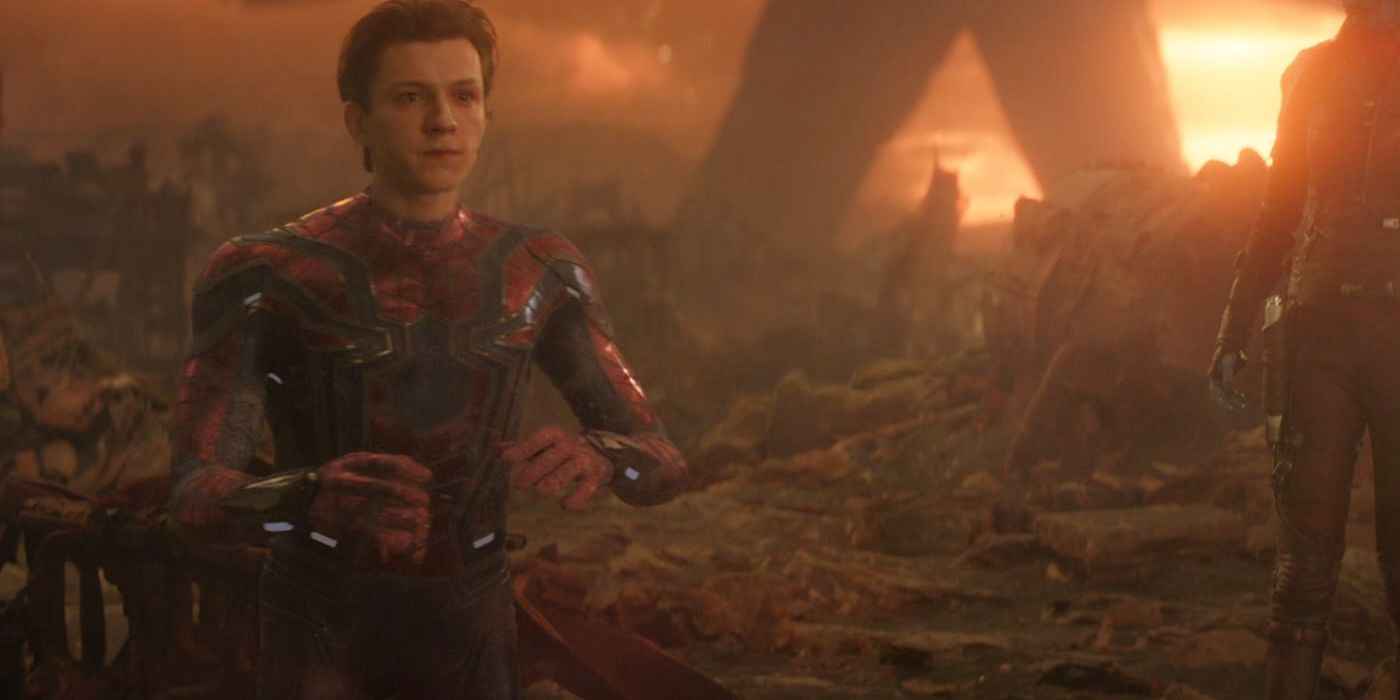
Avengers: Infinity War saw Spider-Man earn his stripes as an Avenger, participating in one of the most pivotal fights of the movie on Titan. Unfortunately, the Avengers’ ultimate failure to stop Thanos culminated in several of their deaths from the Snap. For the most part, being “dusted” appeared to be a relatively painless, even peaceful way to go. The same could not be said for Peter, who underwent the most drawn-out and heart-wrenching death of any MCU character.
This theory suggests that Parker’s particularly traumatic experience of being Snapped is due to his Spider-Sense being kicked into overdrive. Spider-Man’s ability to sense danger is unique and would have subjected the teen to several drawn-out seconds of impending doom while Peter had no plausible way of dodging it. It is a particularly disturbing theory, but one that explains why Peter’s death was so dramatic beyond it simply being important for the narrative.
7. MCU Peter Parker’s Parents Died In 9/11
Spider-Man: Homecoming Features A Notable Motif
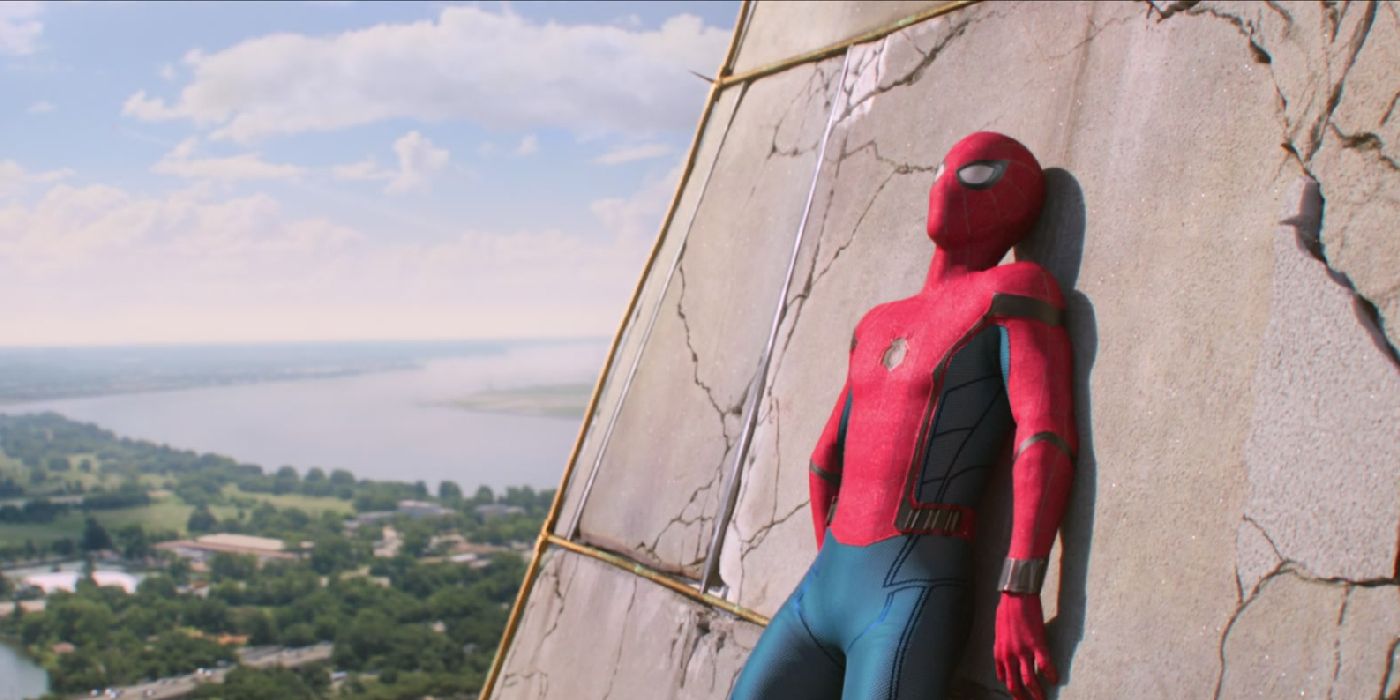
A darker MCU theory pinpoints the cause of death for MCU Peter Parker’s parents, suggesting that they were victims of the attack on the World Trade Center on September 9, 2001. While the pivotal event is never explicitly mentioned throughout the MCU, the war in Afghanistan as depicted in Iron Man and Killian and Justin Hammer’s references to Bin Laden in Iron Man 3 and All Hail The King, respectively, help prove that the attack occurred as it did in real life. With that in mind, several clues scattered throughout Spider-Man: Homecoming suggest that Peter’s parents were victims.
In Spider-Man: Homecoming, Peter Parker reveals that he has never flown on a plane, is shown to be afraid of heights, climbs out of a wreckage caused by a flying enemy, and prevents a plane from hitting New York. Taken together, these comprise a telling motif. Add to this the fact that Peter Parker, who lost his parents as a baby, was born in New York City in 2001, and the theory becomes even more compelling.
6. Andrew Garfield’s Spider-Man Is In Sony’s Spider-Verse
The Amazing Spider-Man 3 Could Still Be On The Cards
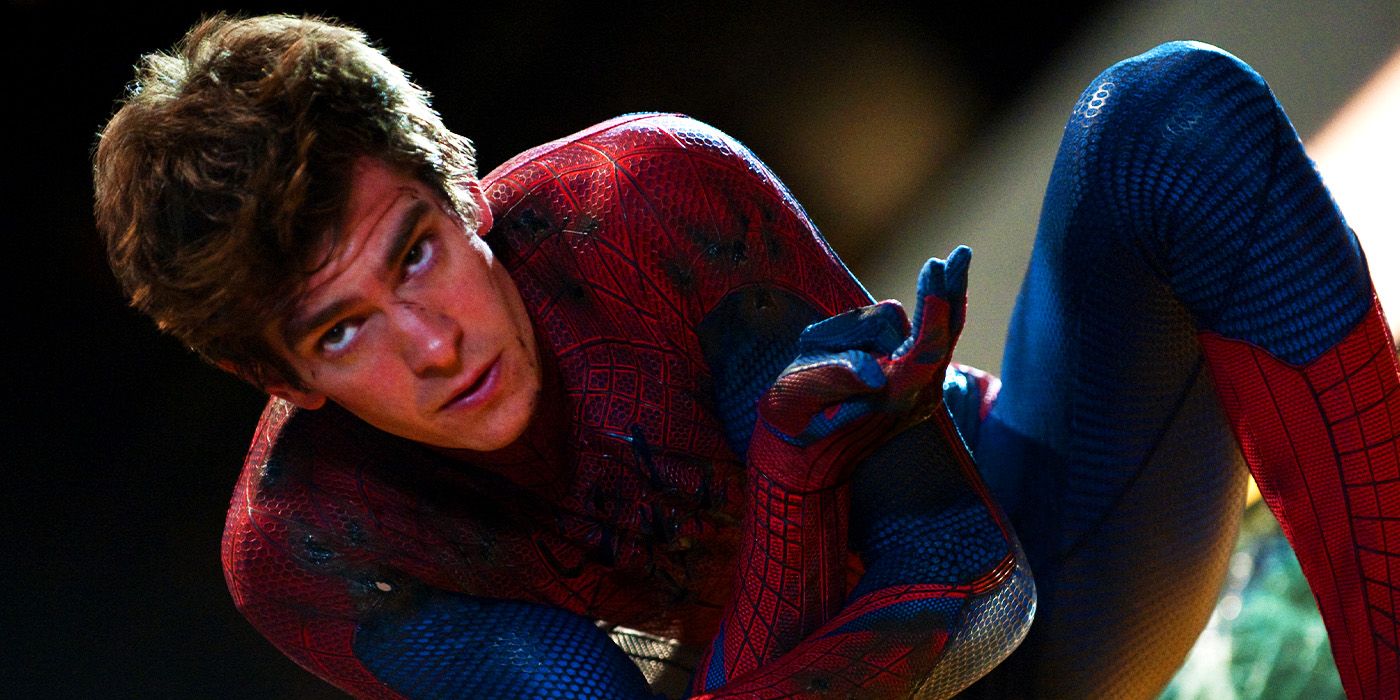
The question of exactly where the eponymous hero is in Sony’s Spider-Man Universe is a contentious one, but one convincing theory posits that Andrew Garfield’s Peter Parker is hiding somewhere outside of the collective narrative. This theory mostly leans on the fact that there is little to suggest that Garfield’s Spider-Man can’t still slot into the franchise. Given that Sony’s Spider-Man Universe hasn’t yet featured characters that appeared in The Amazing Spider-Man movies, the door is wide open for Garfield’s return.
The fact that Tom Hardy’s Venom is the current star of Sony’s Spider-Man Universe rules out Tobey Maguire’s Spider-Man. Spider-Man 3 depicted a very different – and much less well-received – version of the symbiote, which bonded first with Spider-Man before bonding with a different Eddie Brock. This leaves Sony’s Spider-Man Universe with two options: a brand-new Spider-Man, or Garfield’s Spider-Man. With Garfield’s Spider-Man yet to receive the third film in his trilogy, his appearance would be particularly satisfying.
5. Vulture Worked On Falcon’s Wing Suit
Adrian Toomes Was Also An Air Force Pilot
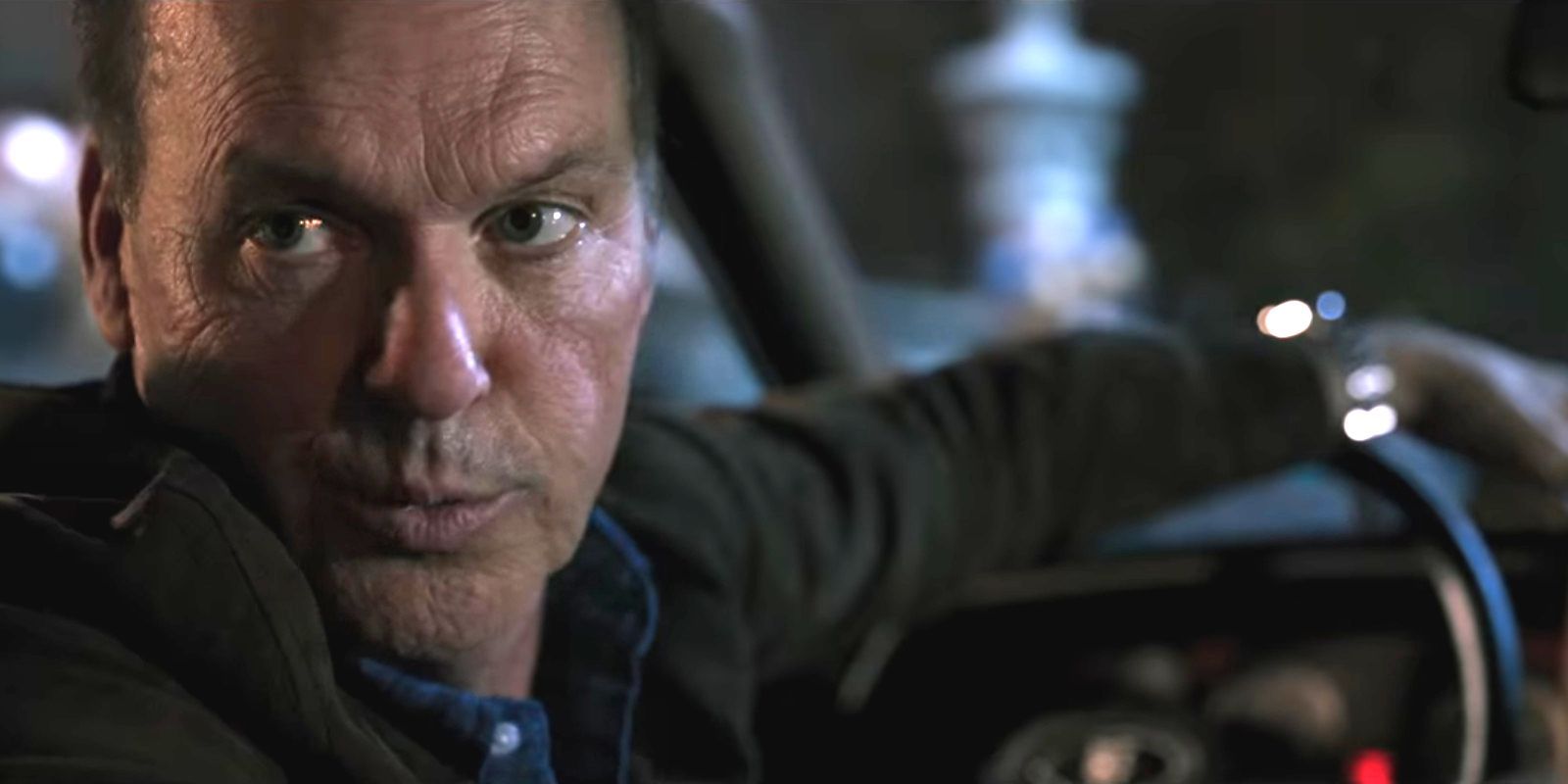
Little is known about Adrian Toomes’ background aside from the fact that he founded Bestman Salvage, but several indicators point towards a history with the military – specifically, the Air Force. His proficiency with high-tech, airborne weaponry hints that Toomes’ has experienced similar combat beforehand. His attire, meanwhile, which comprises a bomber jacket and flight mask, also evokes the imagery of an experienced pilot. With that in mind, the similarities between his cobbled-together Chitauri tech wings and Falcon’s military-grade wings suggest that Toomes was in some way involved in the creation of Sam Wilson’s wings.
Whatever is going on with Adrian Toomes’ jaunt into the Sony Spider-Man Universe, it brings a new perspective to his character to think that he shares a direct connection to Captain America. Keaton’s rendition of Falcon was largely well-received in the MCU, and it is a shame to have lost him to another universe. In his absence, at least Toomes’ legacy can live on in the presence of Captain America’s wings, even if the villain is unlikely to ever appear in the MCU again.
4. Peter Parker’s Pro Wrestling Fumble Makes Sense
Spider-Man’s Spider-Sense Was Unnecessary
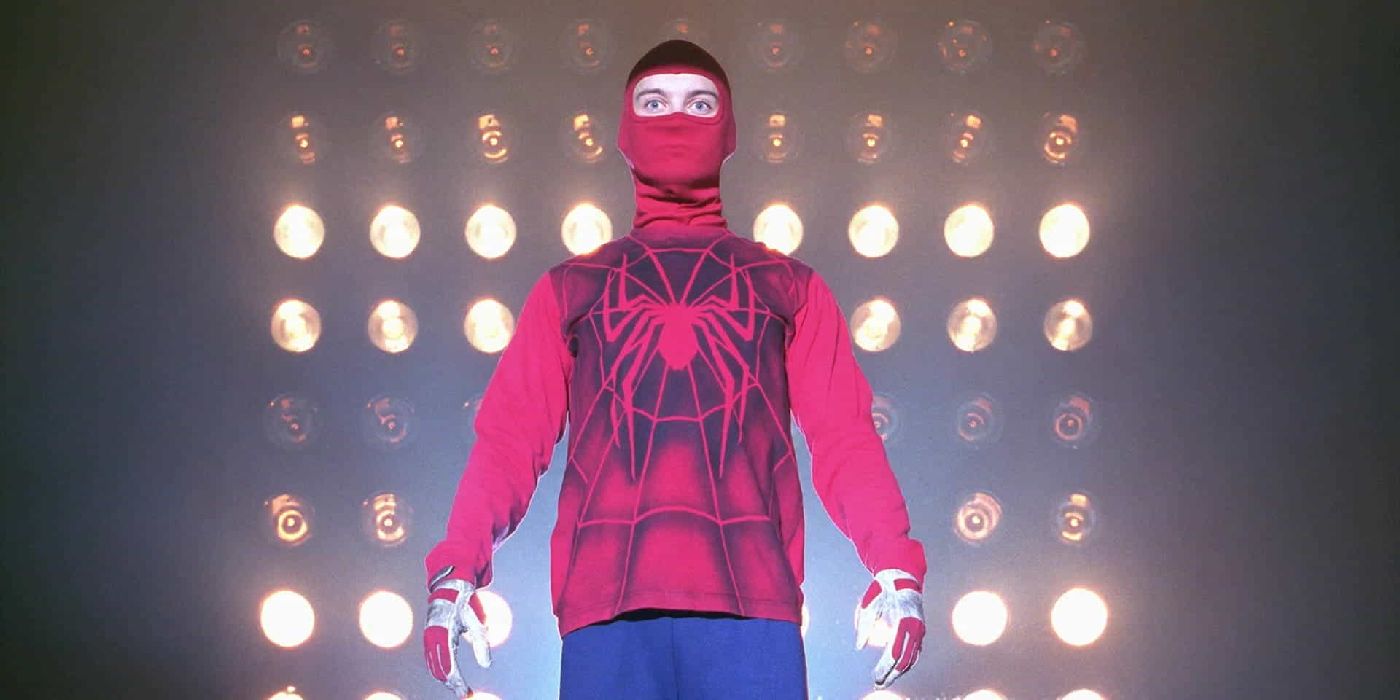
In Spider-Man, Peter enters a pro wrestling match-turned-cage fight after acquiring and getting slowly used to his new powers. In this fight he goes up against Bonesaw, the star of the local show, and proceeds to get the better of his opponent – but not before taking a few licks from the chair. Given Peter recently bested Flash Thompson in a school fistfight after effortlessly dodging his rival’s punches, it is puzzling that Peter allowed himself to be struck by the chair in a situation he apparently considered to be a real fight.
The same, however, cannot be said for his Spider-Sense. As this particular power provides Peter with a second sense that can predict danger, the reason it didn’t kick in during his pro wrestling match is that he wasn’t in danger. Pro wrestling matches are famously for show, with pro wrestlers prioritizing performance over actually hurting one another. This also helps explain Peter being short-changed by the wrestling promoter, who expected Peter to lose the fight in aid of the spectacle, rather than because of Bonesaw’s physical superiority.
3. Peter 1, 2, And 3 Don’t Glitch Because They’re So Similar
The Three Spider-Men Don’t Follow Spider-Verse Rules
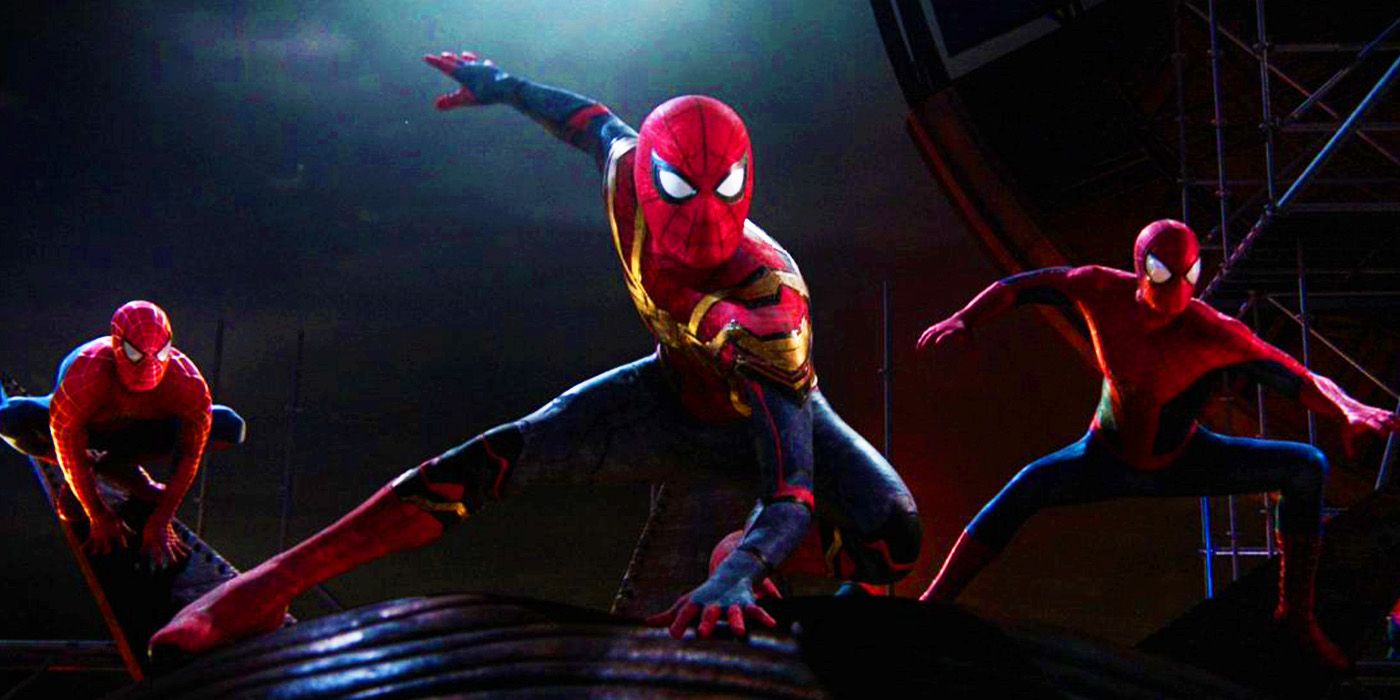
Spider-Man: Into the Spider-Verse established the concept of glitching when a person enters a universe that isn’t theirs. This is what led to the production of devices by the Spider-Society as seen in Spider-Man: Across the Spider-Verse which facilitated multiversal travel without their atomic makeup freaking out. Spider-Man: No Way Home features Spider-Man from different universes that do not have these devices, and yet they do not glitch. The prevailing theory used to explain this is that the characters brought into the MCU were summoned using magic instead of science – but another theory highlights the stars’ similarities.
Sony’s animated Spider-Verse franchise depicts a particularly varied array of Spider-Man variants with distinct animation styles and genetic makeups. The multiversal visitors in Spider-Man: No Way Home, meanwhile, are a lot more similar, with near-identical home universes containing real-life flesh-and-blood. Given their proximity, these characters are slower to glitch in the MCU, even if they are destined to experience the offputting sensation later down the line.
2. The Raimiverse’s New Yorkers Are Banding Together After 9/11
The Attack Was Raw In 2002
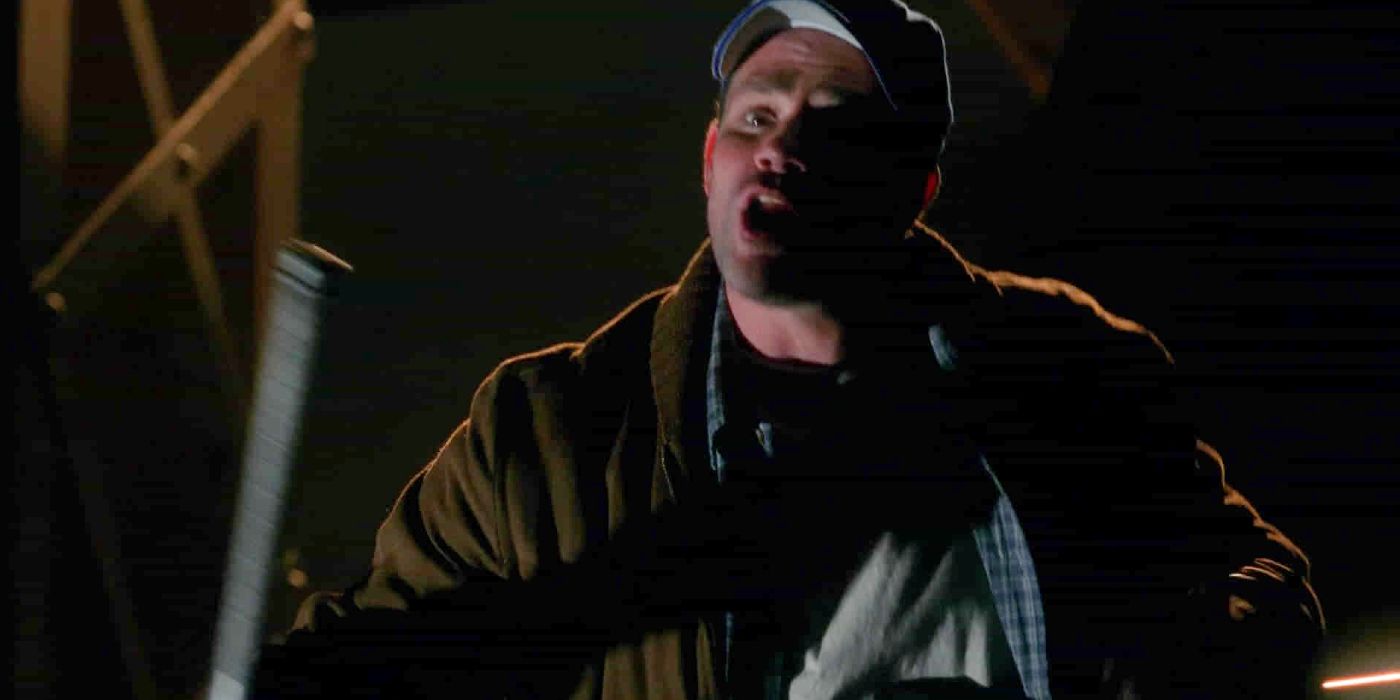
Spider-Man was released in 2002, just months after the 9/11 terror attacks shook New York City to its core. With the moment still being particularly raw when the movie was released, it is no surprise that the attacks were not referenced on-screen. This theory, however, suggests that the particularly steadfast behavior of the general public of New York City in Sam Raimi’s trilogy indicates that the event occurred in-universe but, understandably, off-screen.
The reactions of New York citizens to Green Goblin’s attack at Queensboro Bridge are rendered even more poignant with this context in mind, exemplified by the line: “You mess with one of us, you mess with all of us!” The camaraderie of New Yorkers would persist into Spider-Man 2 as the reverent train riders put themselves between Doctor Octopus and Spider-Man in an attempt to protect him. New Yorkers haven’t been seen banding together so resolutely since Sam Raimi’s Spider-Man trilogy, and this theory helps to explain their unification.
1. Spider-Man 2’s Ending Took Place After Spider-Man: No Way Home
Doc Ock’s Change Of Heart Was Finally Explained
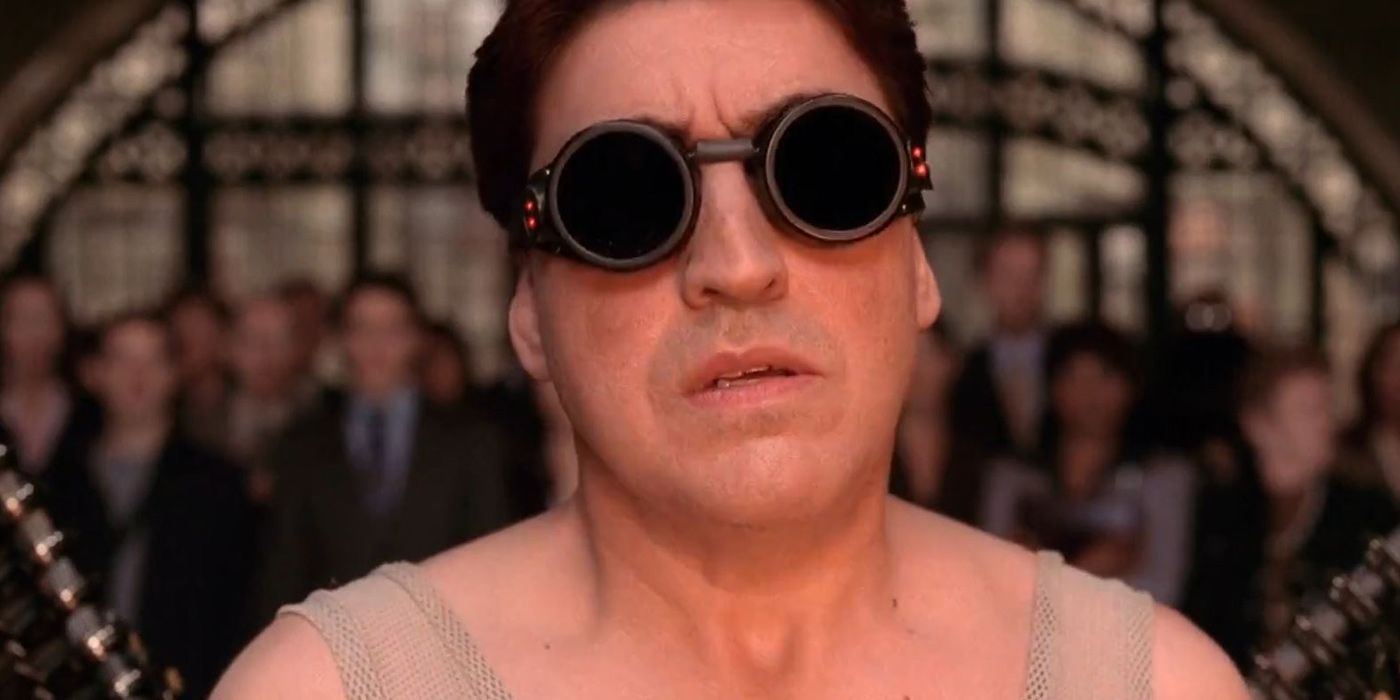
Alfred Molina’s Otto Octavius is one of Marvel’s most iconic cinematic villains, making his return in Spider-Man: No Way Home a bankable selling point during its early marketing. The fact that Octavius is a sympathetic villain was exemplified by his sacrifice in his debut appearance in Spider-Man 2, after he managed to wrest control of his arms and drag his volatile fusion reactor into New York’s East River, and him along with it. The sudden heel-turn away from villainy was presumably thanks to a recent electric shock – but No Way Home explained it better.
It was in Spider-Man: No Way Home that the MCU’s Peter Parker was able to restore his robotic arms’ inhibitor chip and remove the nefarious influence of his arms’ AI. Upon fighting alongside Peters 1, 2, and 3 in the MCU, Octavius returned to his universe to the point before he was about to die. This timing matches perfectly with Octavius’ change of heart in the Spider-Man sequel, making the events of Spider-Man: No Way Home a tidy retcon of a movie nearly two decades older.
